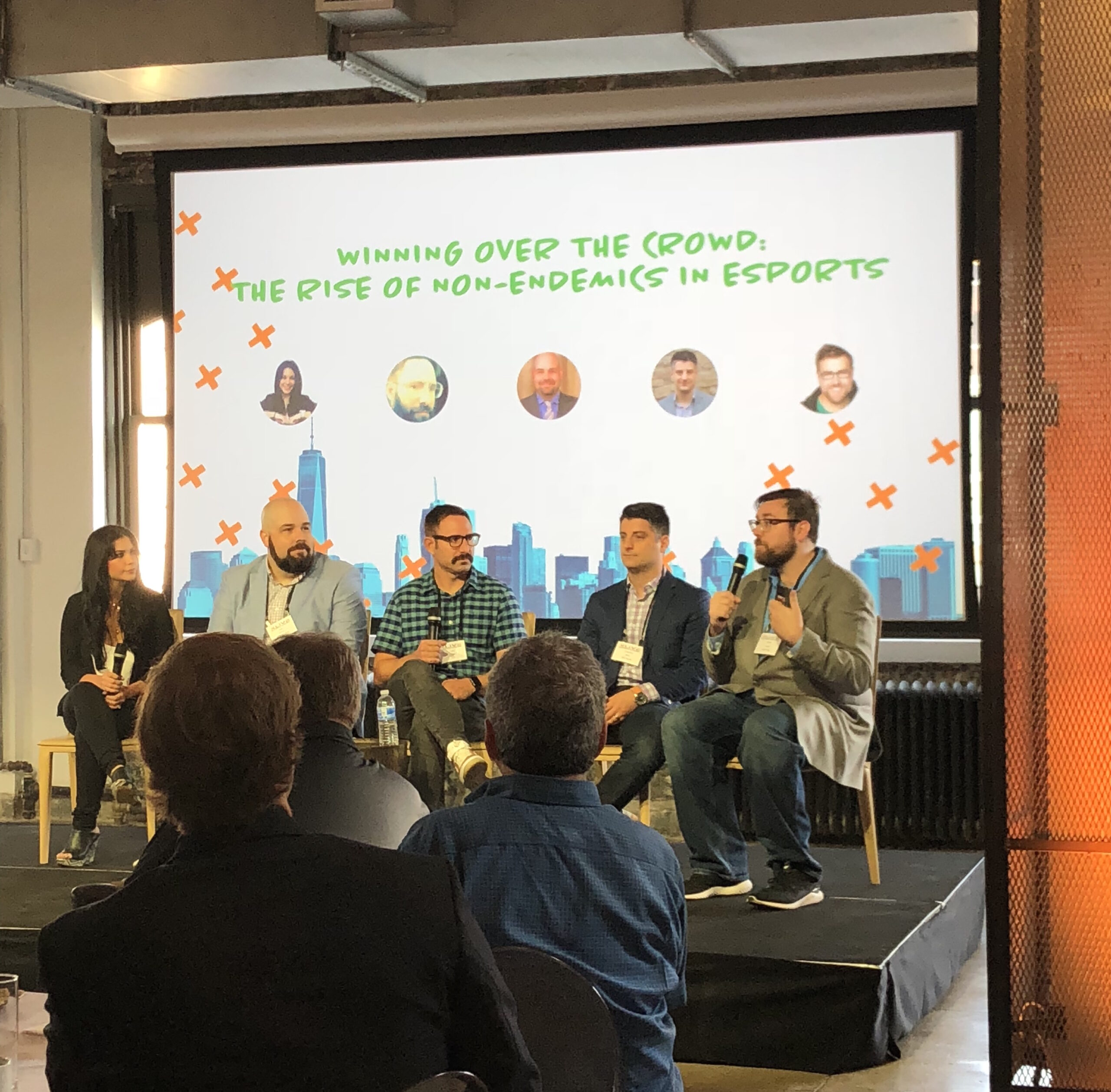The XLive Esports Summit featured a number of panels by industry professionals around the topic of esports, but a common thread ran through all the presentations: How can brands appeal to esports’ growing audience? Xlive specializes in hosting conferences that focus on live events and esports, and almost 200 people attended its fourth summit yesterday in New York City.
The word “authentic” received a cheeky soft ban by event organizers as a term that’s overused. It was an attempt to gently steer speakers into actionable advice and case studies around how brands can approach esports communities with sincerity. Overwhelmingly, most of the folks who took the stage delivered a message of reassurance to non-endemic brands (companies not traditionally associated with gaming). Though some organizations have tried to tap into the esports audience only to flame out and crash, it doesn’t have to be that way.

Unlock premium content and VIP community perks with GB M A X!
Join now to enjoy our free and premium membership perks.
![]()

![]()